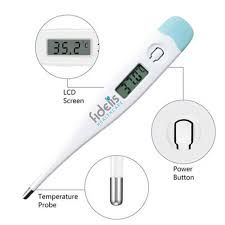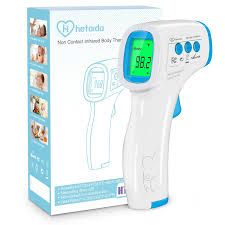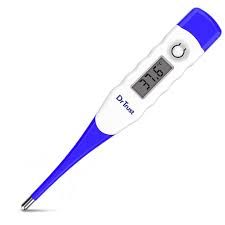Digital thermometers are modern devices used to measure temperature quickly and accurately. They have largely replaced traditional mercury thermometers due to their ease of use, speed, and safety. Here’s a comprehensive guide on digital thermometers, including types, features, and considerations for choosing the right one.
Key Features to Consider
- Accuracy: Look for thermometers that offer accuracy within ±0.1°C to ±0.3°C.
- Response Time: Faster thermometers provide readings in seconds; slower models may take a minute or more.
- Display: A clear, backlit display is beneficial for reading temperatures in low light conditions.
- Auto Power-Off: This feature helps conserve battery life by turning off the device after a period of inactivity.
- Waterproofing: Important for thermometers that may be used in wet environments or require cleaning.
- Memory Function: Allows users to store previous readings for tracking changes over time.
Accuracy Considerations
Digital thermometers generally provide reliable readings; however, accuracy can vary based on the type of thermometer:
- Rectal thermometers are typically the most accurate.
- Oral and axillary (armpit) readings can be less precise.
- Infrared thermometers may show variability based on user technique.



